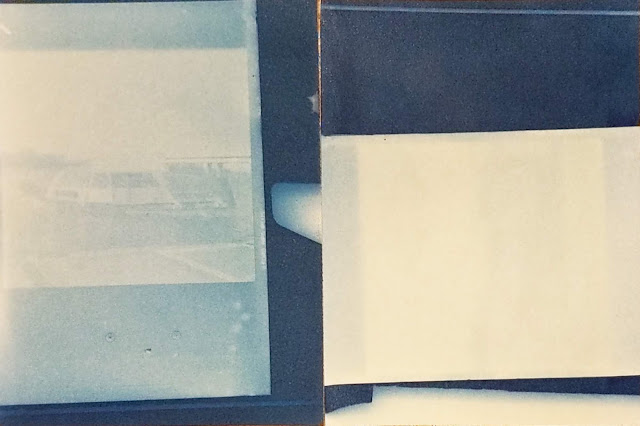Detecting the Hunga Tonga-Hunga Ha'apai eruption with a barometer

Here's a bit of fun around the Hunga Tonga-Hunga Ha'apai eruption. We all know about the tsunami alerts and the distance the sound was heard from. But did you know that domestic meteorological instruments in Perth were able to detect the eruption? Here is a shot of my personal weather station's history for yesterday with some very rough annotations. The eruption was at about 12:10 AWST, and just over six hours later, my barometer detected the shockwave. About an hour after that, it registered the rebound shock. This has been confirmed by multiple other instruments across WA, and you can even trace the movement of the shockwave across the country. Here is a snip from the station at Condingup. As you can see, the pressure shockwave hit there about 30 minutes earlier. Condingup is about 600km East of Perth, so we know the shockwave travelled at about 1200km/h. Tonga is about 7000km from Perth, and the shockwave hit at about 18:25 AWST - about 6 hours and 15 minutes after the
